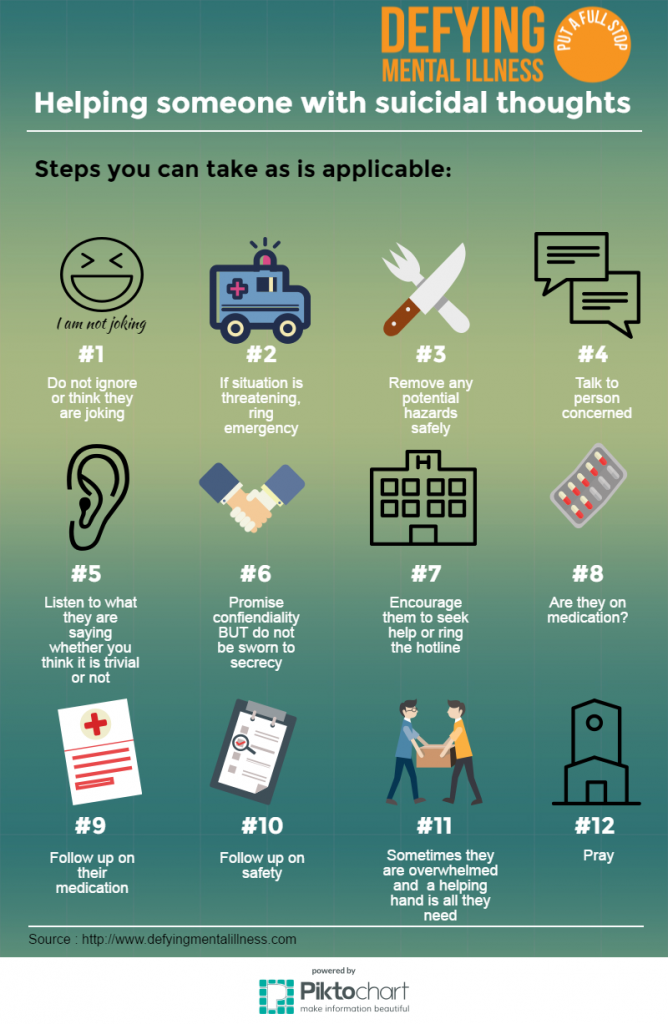How To Prepare For A Therapy Session
How To Prepare For A Therapy Session
Blog Article
What Kinds of Therapy For PTSD Are Available?
Treatment for PTSD helps you find out to manage your signs and reclaim control of your life. It can involve dental drugs or talk therapies. Psychiatric therapy, or talk therapy, is the most usual treatment for PTSD. It can take place individually or in a group setup.
Signs of PTSD can vary from being quickly startled to preventing tasks and individuals. These signs can also impact member of the family and kids.
Cognitive behavior modification (CBT).
CBT focuses on transforming negative patterns of believing and actions that may be triggering PTSD signs and symptoms. This therapy is normally temporary and client-centered, with the specialist and client creating treatment goals with each other. CBT has actually been shown to decrease PTSD signs and symptoms in numerous medical tests using clinician-administered and self-report procedures of PTSD. These results are moderated mostly by modifications in maladaptive cognitive distortions, with some research studies reporting physiological, functional neuroimaging, and electroencephalographic adjustments associating with action to CBT.
TF-CBT uses psychoeducation and imaginal exposure to show customers exactly how to better control emotions and handle their traumas. This treatment has likewise been shown to enhance PTSD symptoms in kids and adolescents.
Eye motion desensitization and reprocessing (EMDR).
EMDR is an evidence-based therapy that functions by helping individuals procedure injury making use of adaptive data processing. It can be used on its own or with other treatments. It has been shown to be reliable in treating PTSD. EMDR is extensively used all over the world.
It begins with history-taking and a joint treatment strategy. During this phase, you will discuss the factor you are looking for therapy and recognize traumatic memories you intend to concentrate on. The specialist will certainly also teach you techniques to handle any type of difficult or distressing emotions that may occur throughout a session.
During the recycling phase, you will certainly remember a traumatic memory while paying attention to a back-and-forth movement or sound (like your service provider's hand moving across your face) until the negative images, thoughts, and feelings associated with depression treatment programs it begin to diminish.
Somatic experiencing.
A therapist that concentrates on this strategy will certainly aid you familiarize the physical experiences that accompany your PTSD signs. They'll likewise instruct you how to identify your autonomic nervous system and its role in the injury response.
Unlike various other injury treatments, somatic experiencing does not concentrate on memories or emotions. Instead, therapists work to release the stress from your body and alleviate your symptoms.
This treatment has been found reliable in a number of randomized controlled trials. However, the arise from these research studies are restricted by little sample sizes and various other technical shortages. These shortcomings limit the external legitimacy of these searchings for.
Present-centered treatment.
Present-centered therapy (PCT) is a non-trauma concentrated psychiatric therapy that intends to boost individuals' connections, impart hope and optimism, and advertise analytic. While PCT does not have exposure and cognitive restructuring techniques of trauma-focused treatments, it has been shown to be as reliable in minimizing PTSD signs and symptoms as trauma-focused CBTs.
In a collection of eleven research studies, PCT was contrasted to a delay list or marginal contact control problem and to TF-CBT. PCT was superior to the WL/MA problems in decreasing self-reported PTSD signs at post-treatment, and it was related to decreased treatment failure rates. Nonetheless, the impact size was not large sufficient to be scientifically meaningful.
Reflection.
Meditation aids people relax their nerve systems and technique self-care. This therapy concentrates on the physical sensation of breathing, and individuals may obtain distracted by ideas or emotions, yet it is necessary to return their focus to the breath time and again.
PTSD impacts not only those that have straight experienced the trauma, yet also witnesses and those that work with emergency situation responders or police. Symptoms of PTSD can consist of invasive, distressing memories, recalls or headaches, and trouble concentrating or resting.
Avoiding uncomfortable memories and feelings is a typical response to trauma, however it just makes signs even worse. It's important to seek therapy before PTSD disrupts your life and relationships.
Double medical diagnosis treatment.
Signs of co-occurring PTSD and substance use condition (SUD) are usually linked and both must be resolved in recovery. Individuals who experience PTSD can be most likely to turn to alcohol or medicines to self-medicate and temporarily minimize invasive thoughts, flashbacks and adverse mood swings.
PTSD signs consist of recurrent and uncontrolled traumatic memories or dreams, dazzling and dissociative reactions that feel like experiencing the event, avoiding areas, individuals, conversations, or things associated with the injury, feelings of hypervigilance and being constantly on guard or easily alarmed, and sensations of emotional feeling numb.
Double medical diagnosis treatment entails therapy and finding out healthier coping systems. It might also entail pharmacotherapy, such as antidepressants or mood stabilizers.